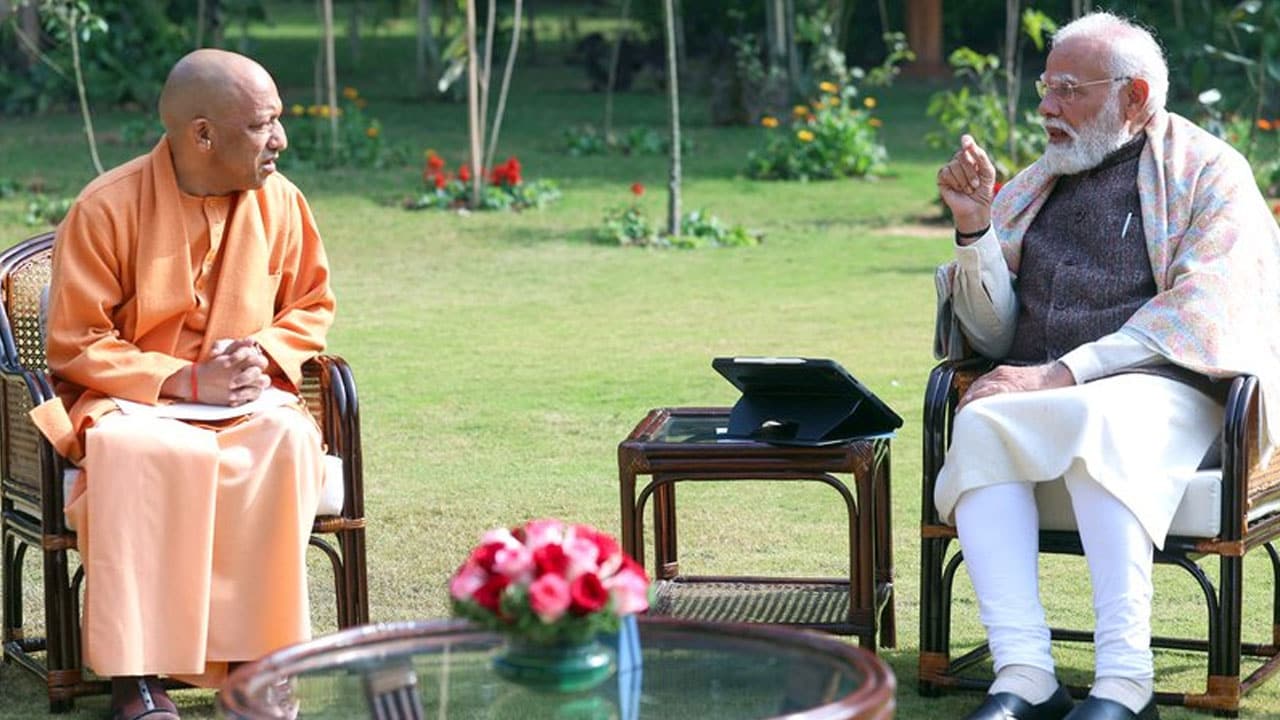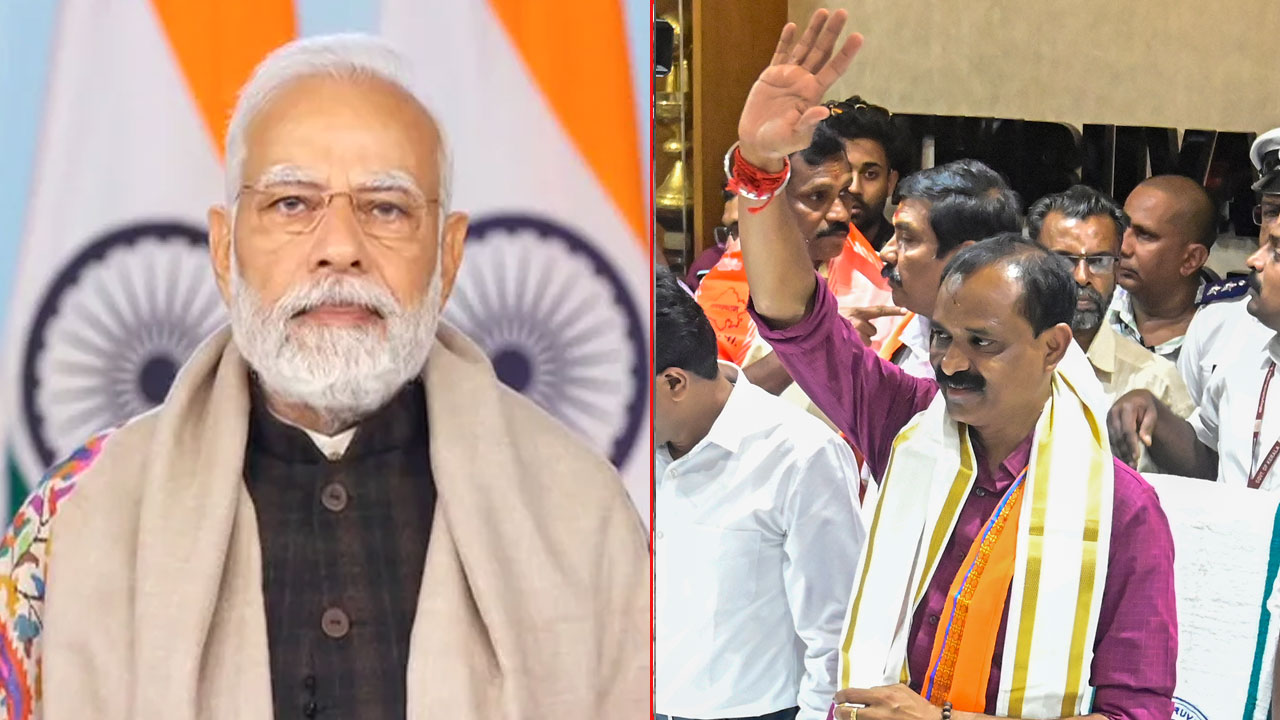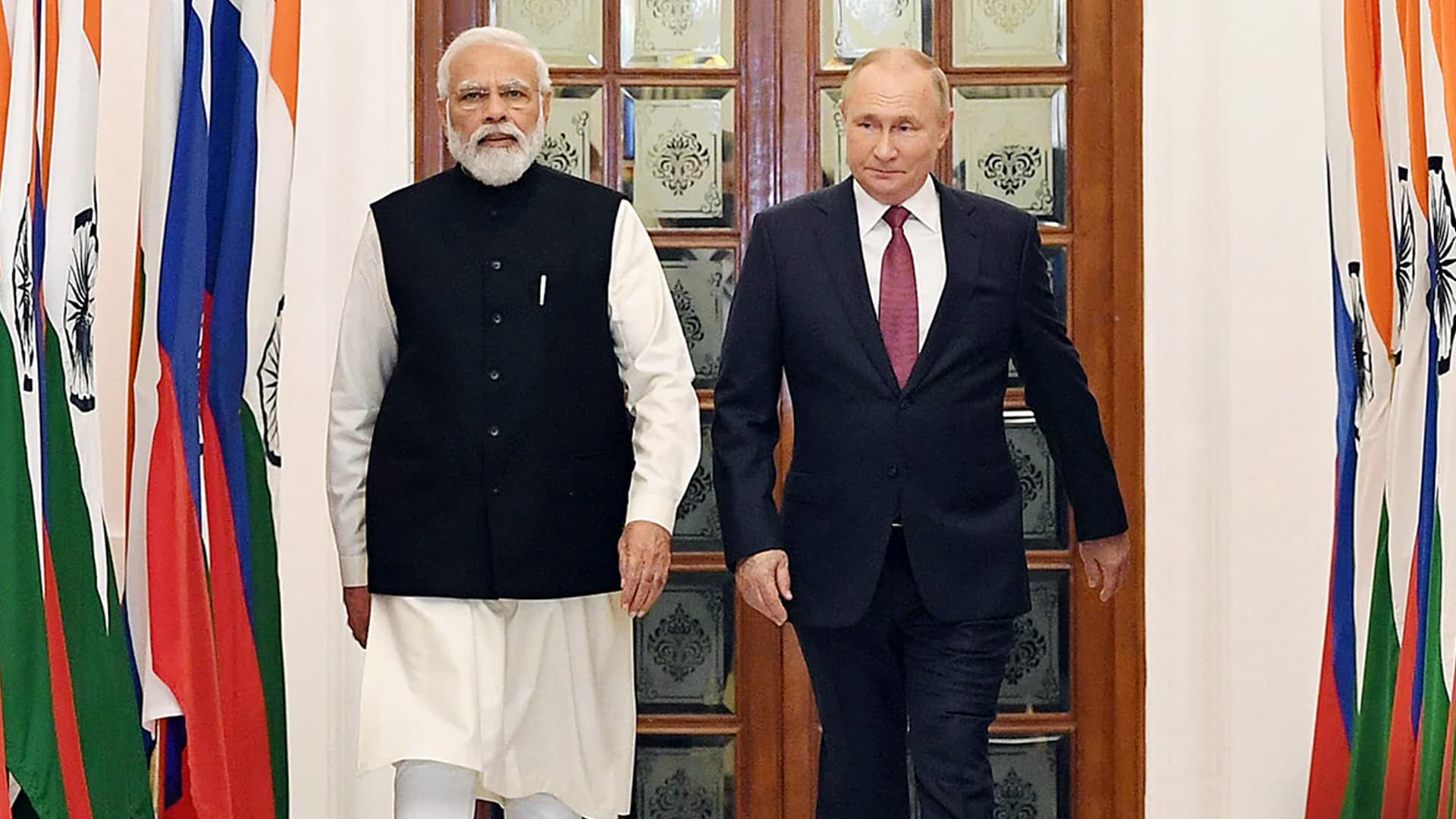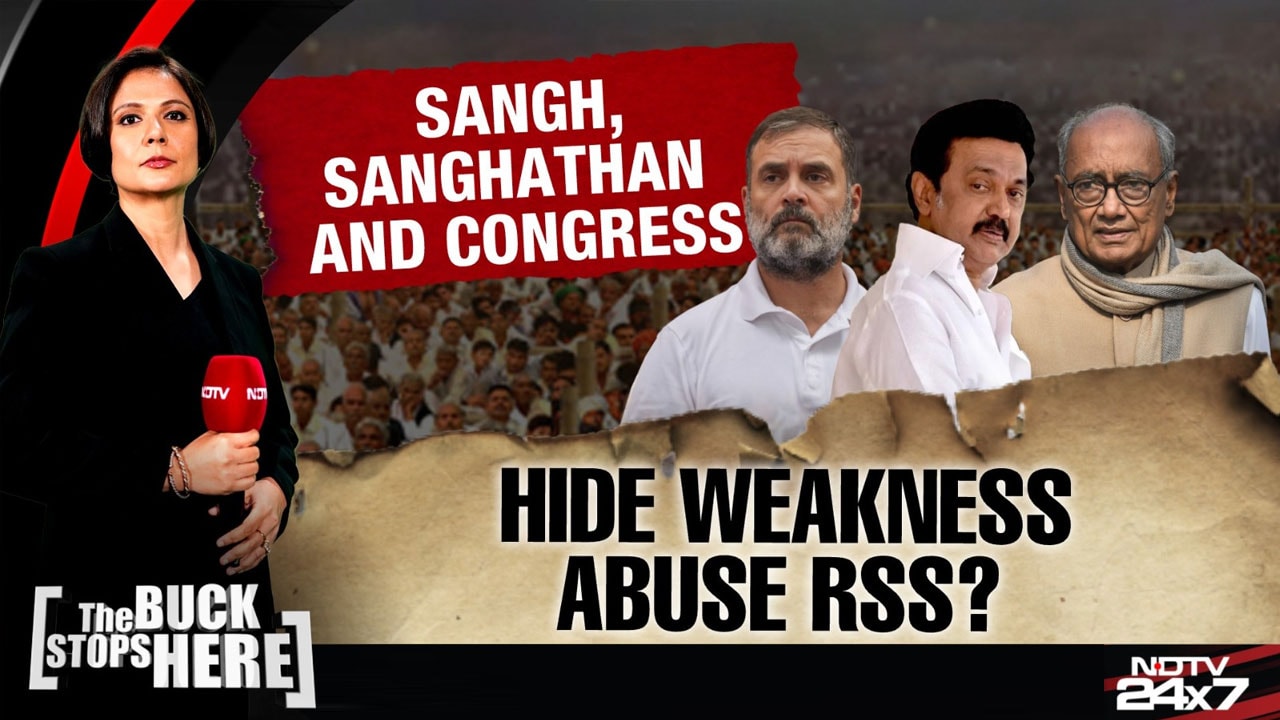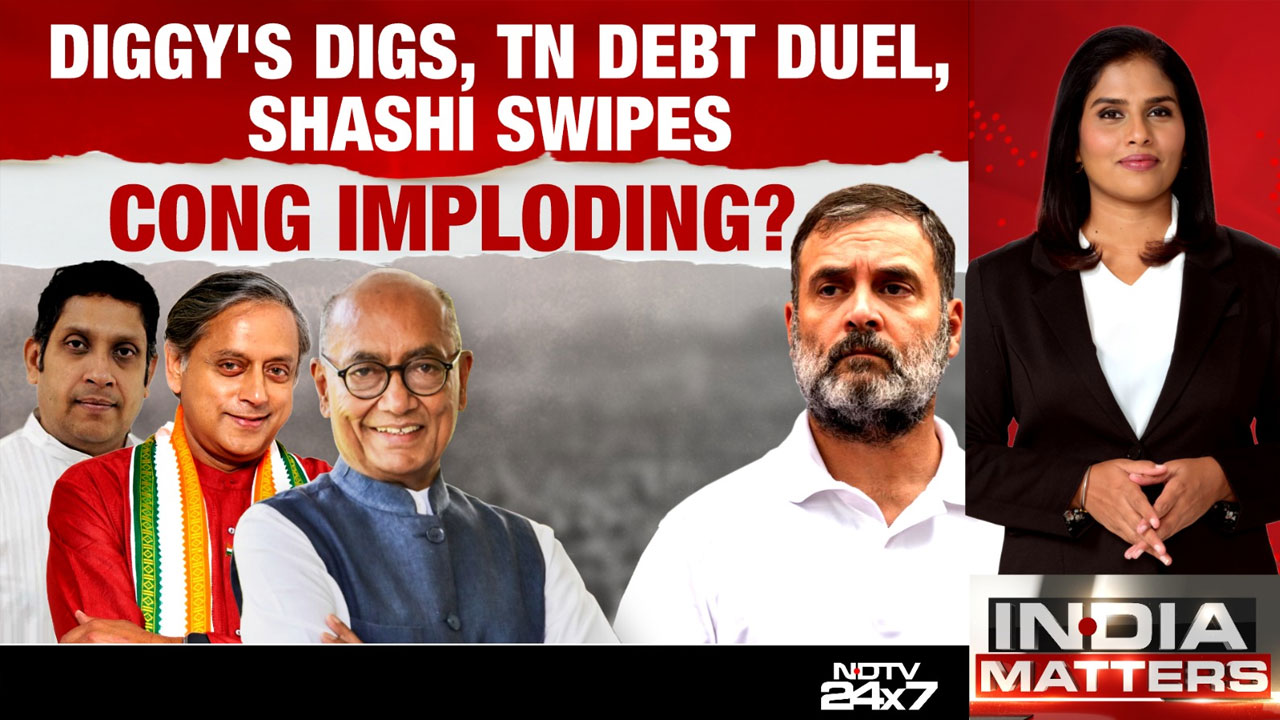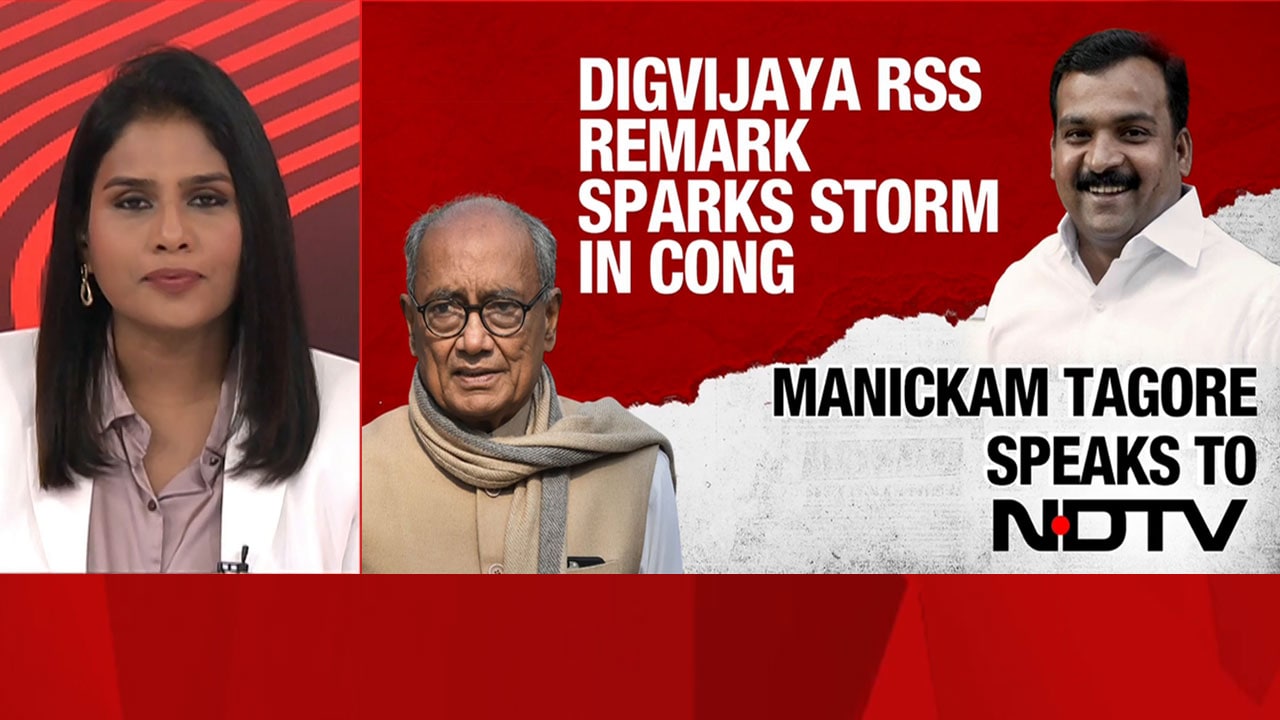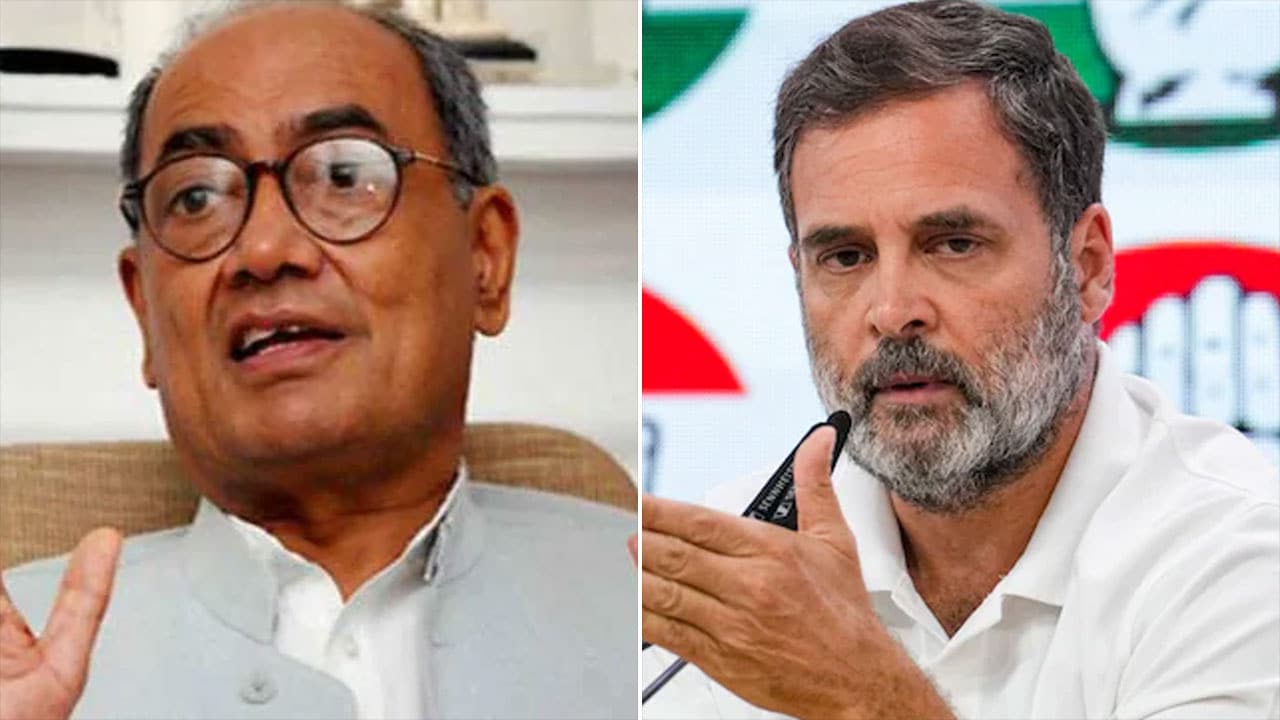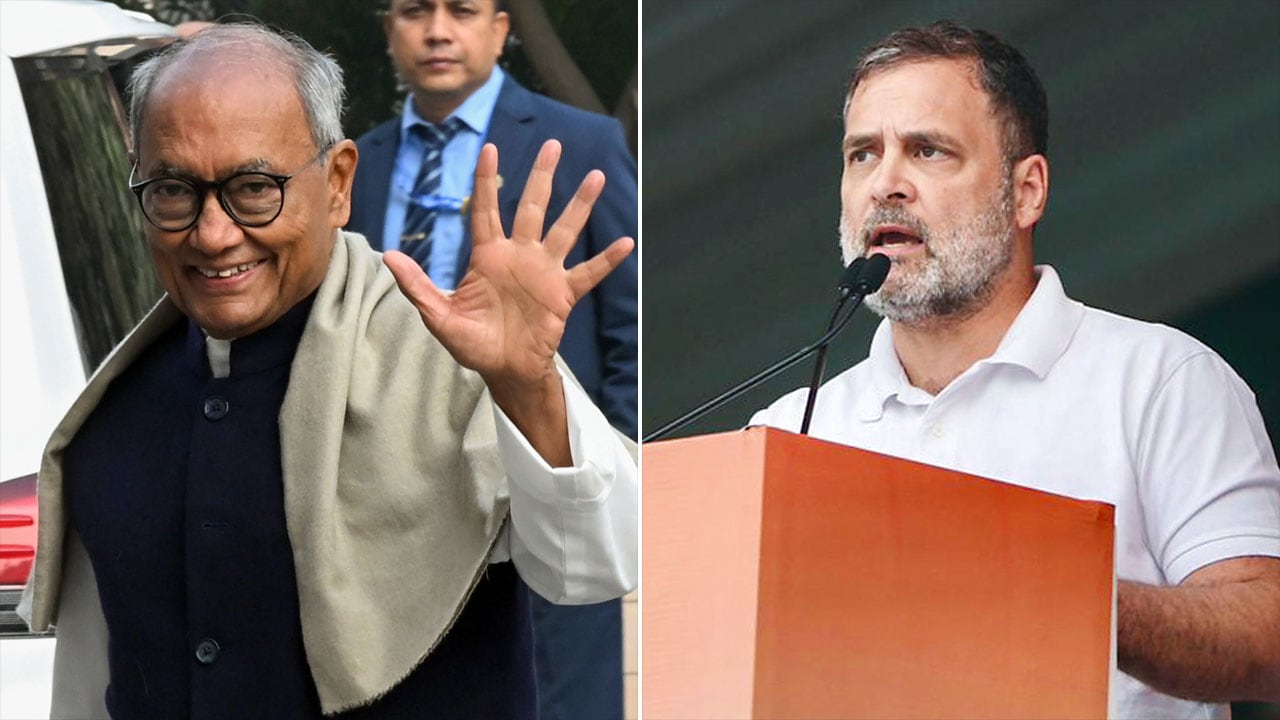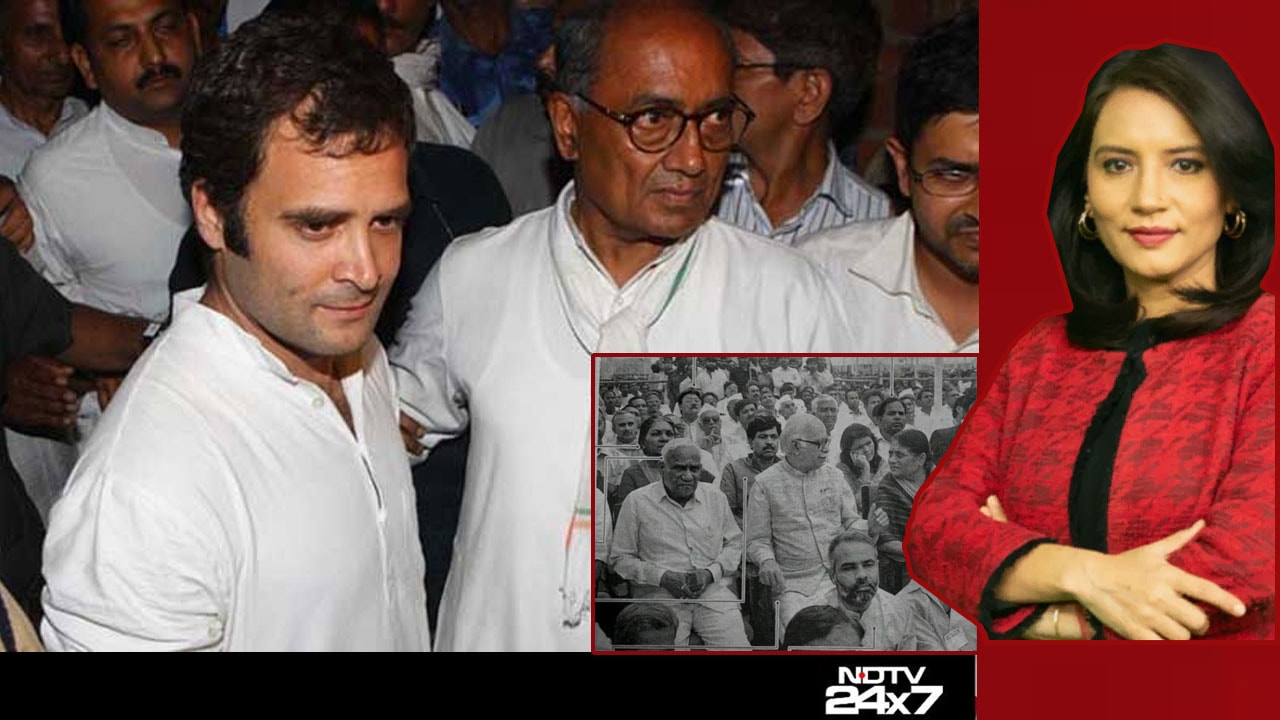The Big Fight: PM Modi's Swachh Abhiyaan On Black Money
There is perhaps no better way to clinch a cricket match than by hitting that one big century in the middle overs. The game could still flip but the least it ensures a real shot at winning the match. And that is exactly what the Modi government
has done. Having completed exactly half term at two years six months this November, Narendra Modi has sealed this milestone with a master stroke. A quintessential, Modi style attack on black money. All those stashing cash at home, that includes your local kirana wallah, the vegetable vendor, the property agent, the real estate developer, the jeweller, the small businessman, even the householder who saved up small stacks of money for the rainy day, quivered with awe and disbelief. The fishing net had been lowered just enough to catch the small fish. There was panic and anxiety too, as the coming days saw shop owners refuse old 500, 1000 rupee notes, COD or cash on delivery declined as cashless payment companies sprung into actions with payment codes appearing in even tea-stalls. The shrewd Indian brain sprang into action, coming up with innovative ways or jugaad to convert black into white. But what does this really mean for the economy at large? How much cash will the government be able to accumulate through this new move? Can this move be linked to the upcoming elections in UP and Punjab? Does this small step to stir up the domestic market mean that the government is willing to go after the black money stacked away in banks across the world?
